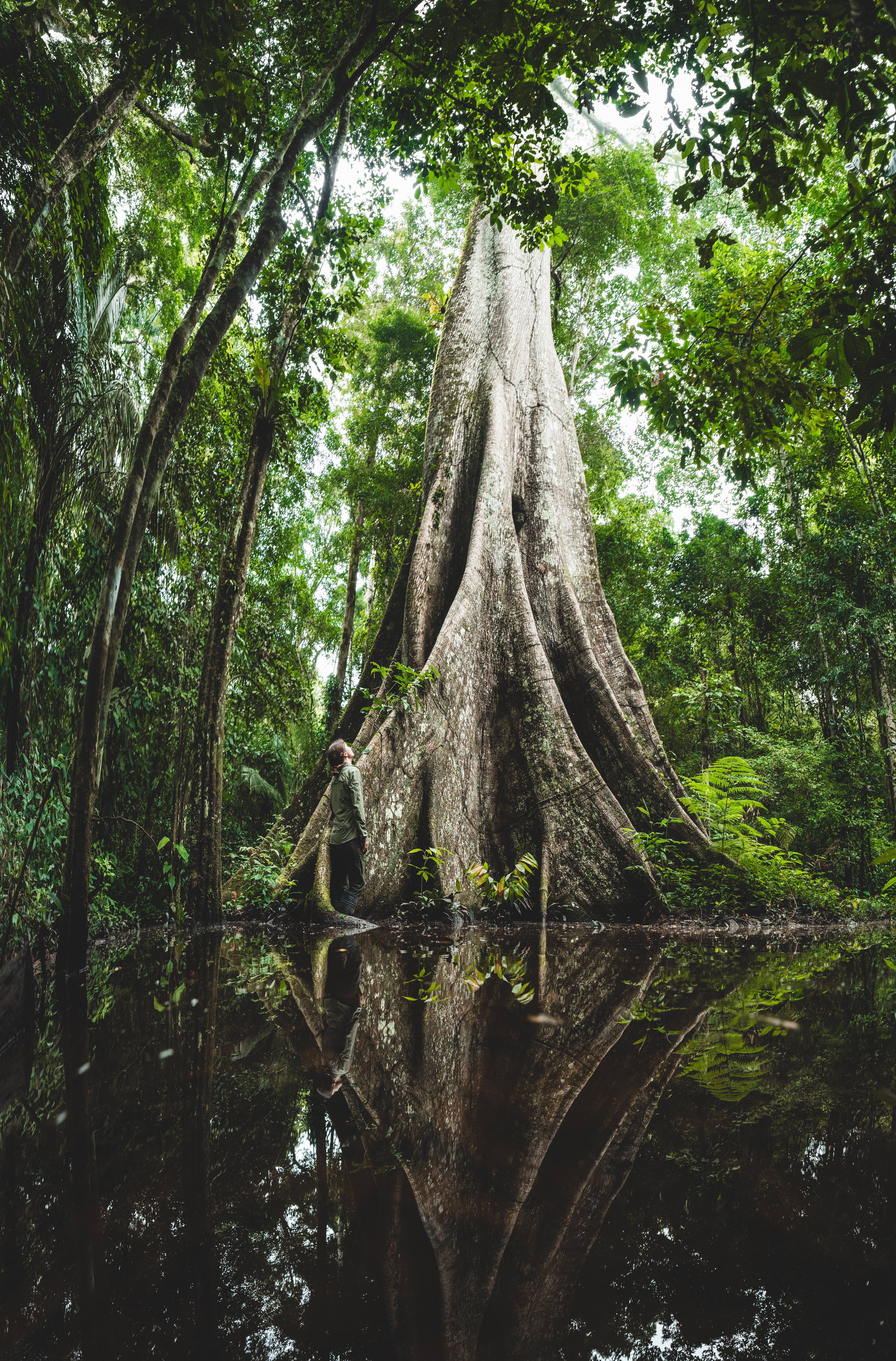Protecting the last wilderness with your estate
Thinking about what will remain of you on this earth when you go? How about leaving behind a place that could not be more full of life, that can remain forever and bear your name. With your donation in your will, you are protecting a very special place to the exact square meter: the last wilderness - the basis of life for future generations: wild nature, the greatest biodiversity on the planet, clean air and clear water - in other words, life itself. Because the preservation of the world lies in the wilderness .
Your wilderness testament
More than 1,000 years old: that's how old some of the giant trees that tower over our protected areas are. They are full of life right up to the treetops, their roots reach several meters deep into the ground, their hard bark protects them from external influences, they are a symbol of endurance and they are witnesses to countless generations and historical events. Even in the future. If we let them.
But these giants are under threat - more than ever. That is why Wilderness International was founded by 26 people in 2008. The goal: to protect the last unique forest and wilderness areas forever. Today, we share this goal with more than 300,000 donors and supporters who care as much about the green lungs of our world as we do.
Even if the life of a human being is only a fraction of that of a tree, it depends on us now. What we do during our lifetime determines the future of generations to come.
With your wilderness testament you become part of this action and protect the life of the primeval forests, countless animal and plant species and thus the survival of us all.
Which place can stay with you forever?
Which place can stay with you forever?
- 28.07.2025
Tropical rainforest in Peru - hotspot of life high up in the treetops
The first rays of the day's sun timidly make their way through the treetops as the forests along the Tambopata River awaken. Warm, humid steam rises above the treetops, refracting the sunlight in warm shades of red. They cover the endless expanse of the rainforest like a soft veil.
Monkeys play in the dense canopies of the mighty jungle giants and a mother jaguar and her young sneak around the mighty, liana-covered trunks. Life pulsates in the Peruvian Amazon rainforest. - 28.07.2025
Temperate rainforest in Canada - The place of the cycles of eternal life
In the temperate rainforests of Canada, ancient maple groves grow high into the sky, covered with lichen and thick blankets of moss right up to the treetops. When such a giant falls, it becomes a so-called nurse tree and serves as a source of nutrients for mushrooms and a shelter for nimble salamanders. Although it is dead itself, it still pulsates with life.
When the fog lifts on the rugged north coast, islands appear and then disappear again behind the haze. An otter slips out of its den and glides silently into the sea.
.png)
Would you like to find out more and talk to us about your estate or will donation without obligation and, of course, in confidence? Please make an appointment
A forest full of life - your gift to the future
.jpg)
You will receive a certificate with the name you have chosen for the forest with the exact geo-coordinates
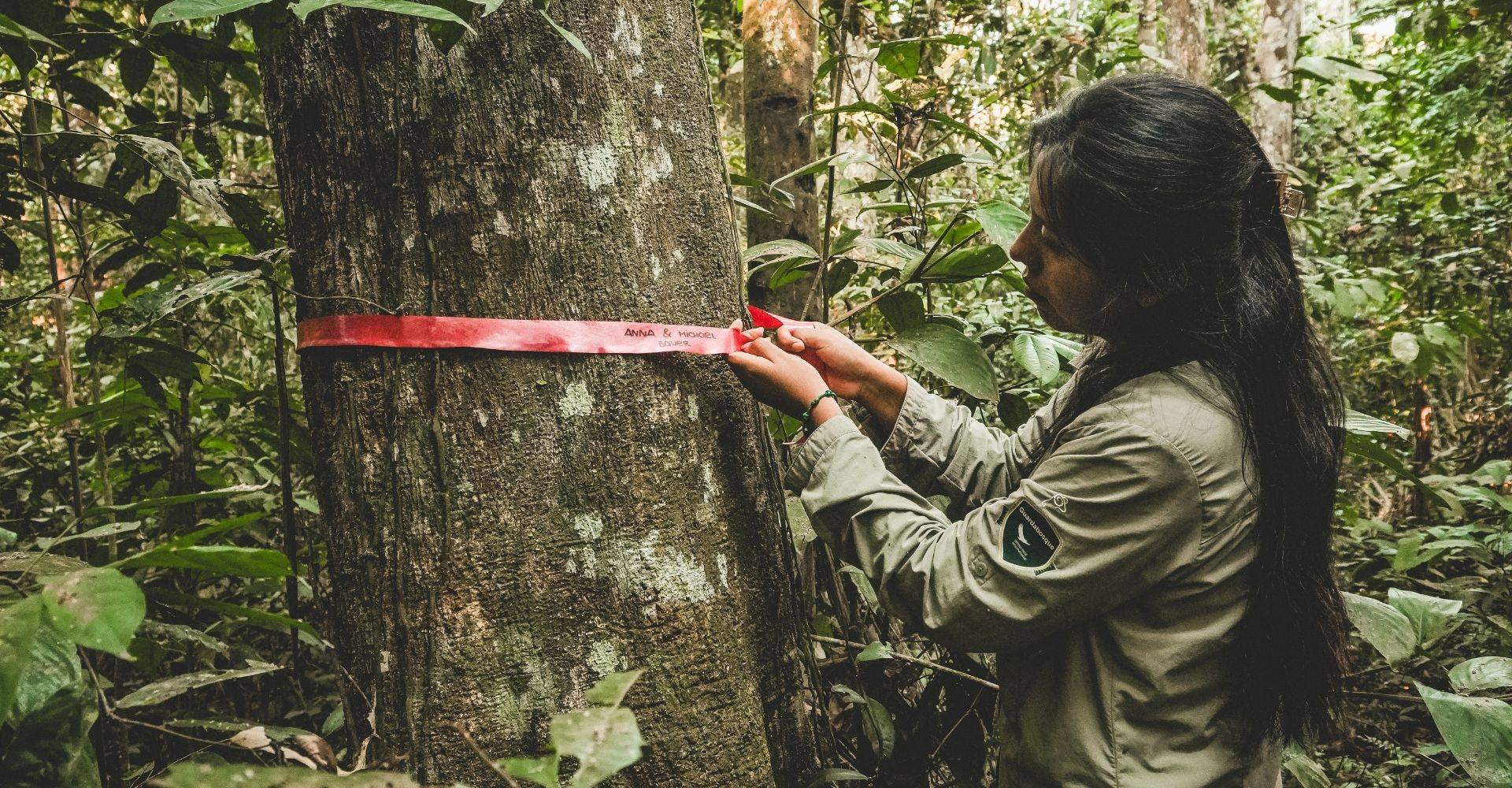
A memory ribbon, previously labeled by you, is tied around one of the giant trees in your protected area and may remain there forever.
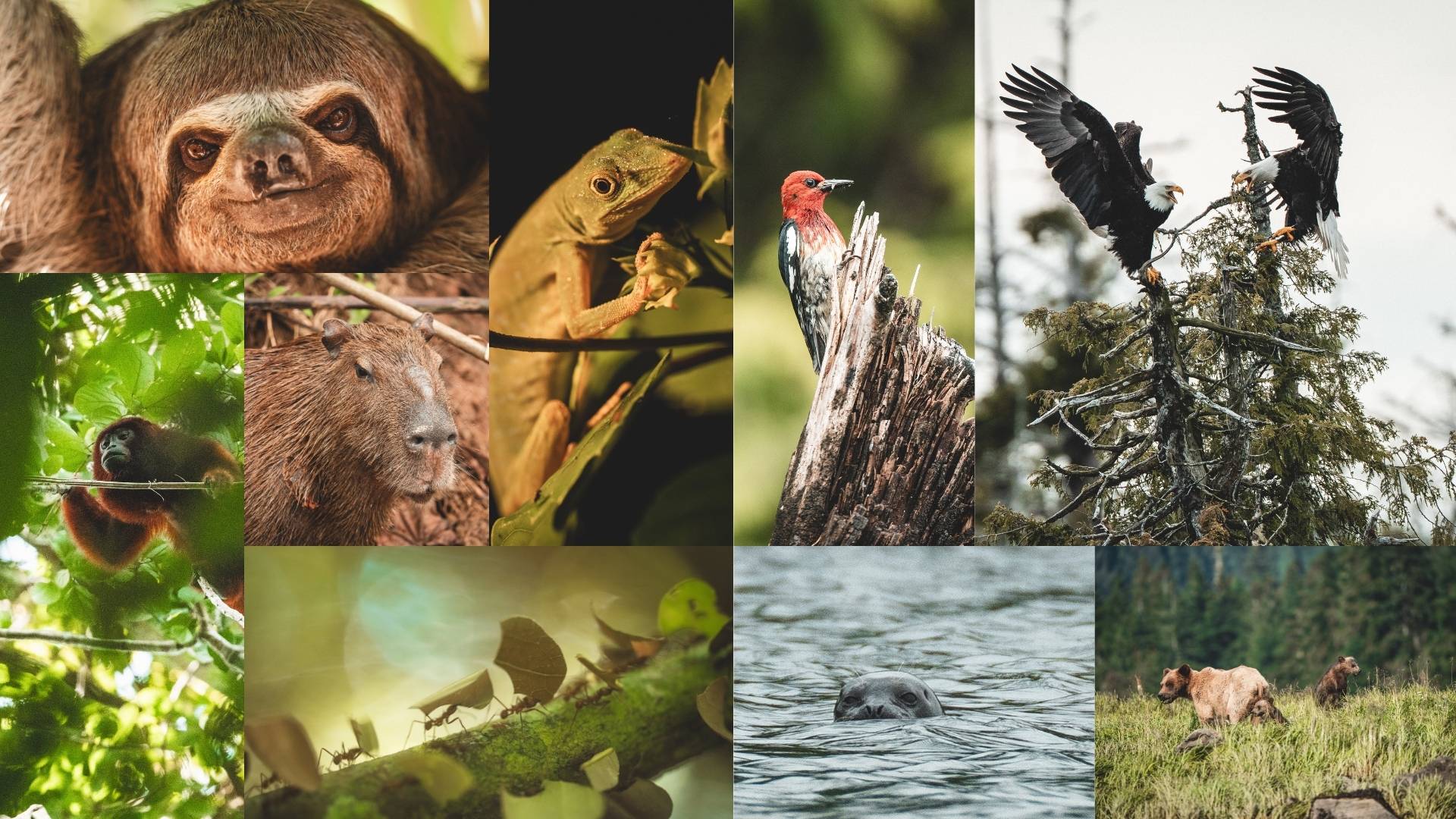
The piece of land you have protected can now stay forever. And we will protect it for you and its inhabitants - forever.
The path to your forest for eternity
- Get in touch with us and tell us about your idea of making a donation in your will and ask any questions that are important to you - without any obligation.
- We look for a suitable piece of forest and show you exactly where it is, tell you more about its nature and inhabitants.
- You decide on your will donation and the forest area.
Inform further
Inform further
Of course, we at Wilderness International cannot replace or take over the legal advice of a notary or lawyer. Here you will find general templates and ideas for various testamentary arrangements. The following sample modules generally take into account possible life situations. It is important that you describe your personal situation and what you want exactly in your will. No two wills are the same; everyone has individual starting points and wishes. So adapt the wording and give free rein to your wishes.
Transparency
Effect
My grandmother often said: "You have to give with warm hands". The best gifts I can give today are moments in forever protected nature with my eleven-year-old son. And when I sometimes walk on the meter-thick moss mats in the Canadian old-growth forest , I am overcome with a feeling of pure happiness at how much we will leave to posterity by protecting this nature. And how much that makes everyone who contributes to it a little immortal.
Kai Andersch
Board of Directors, CEO WI Germany, Director WI Canada, Land Management
Natural heritage: how orcas, capuchin monkeys and kapok trees pass on their legacy

Orca mothers pass on their knowledge
The orca mothers and grandmothers off the coasts of our protected areas pass on their hunting knowledge, feeding routes and even specific dialects to the younger generation. They pass on vital knowledge that they have received from their ancestors.
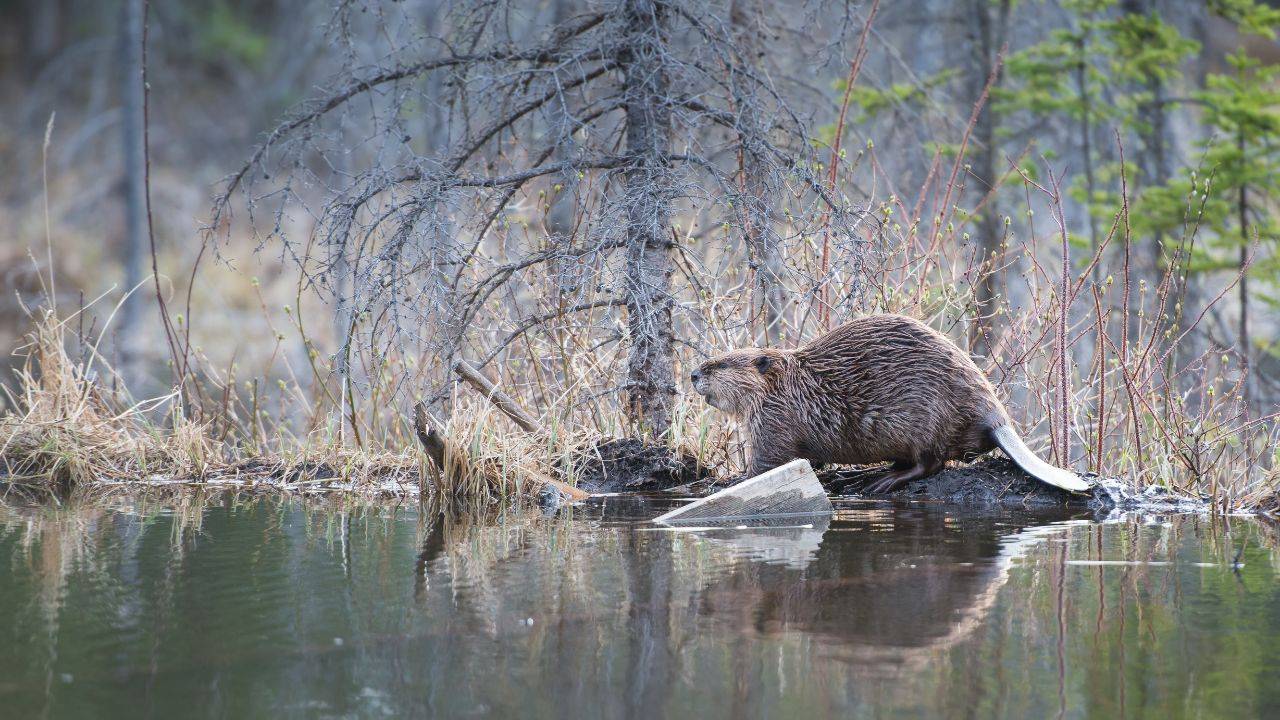
A beaver dam for many generations
During their lifetime, Canadian beavers build dams and dikes that create new wetlands. The structures created are used and expanded over many generations of beavers and even serve other species.
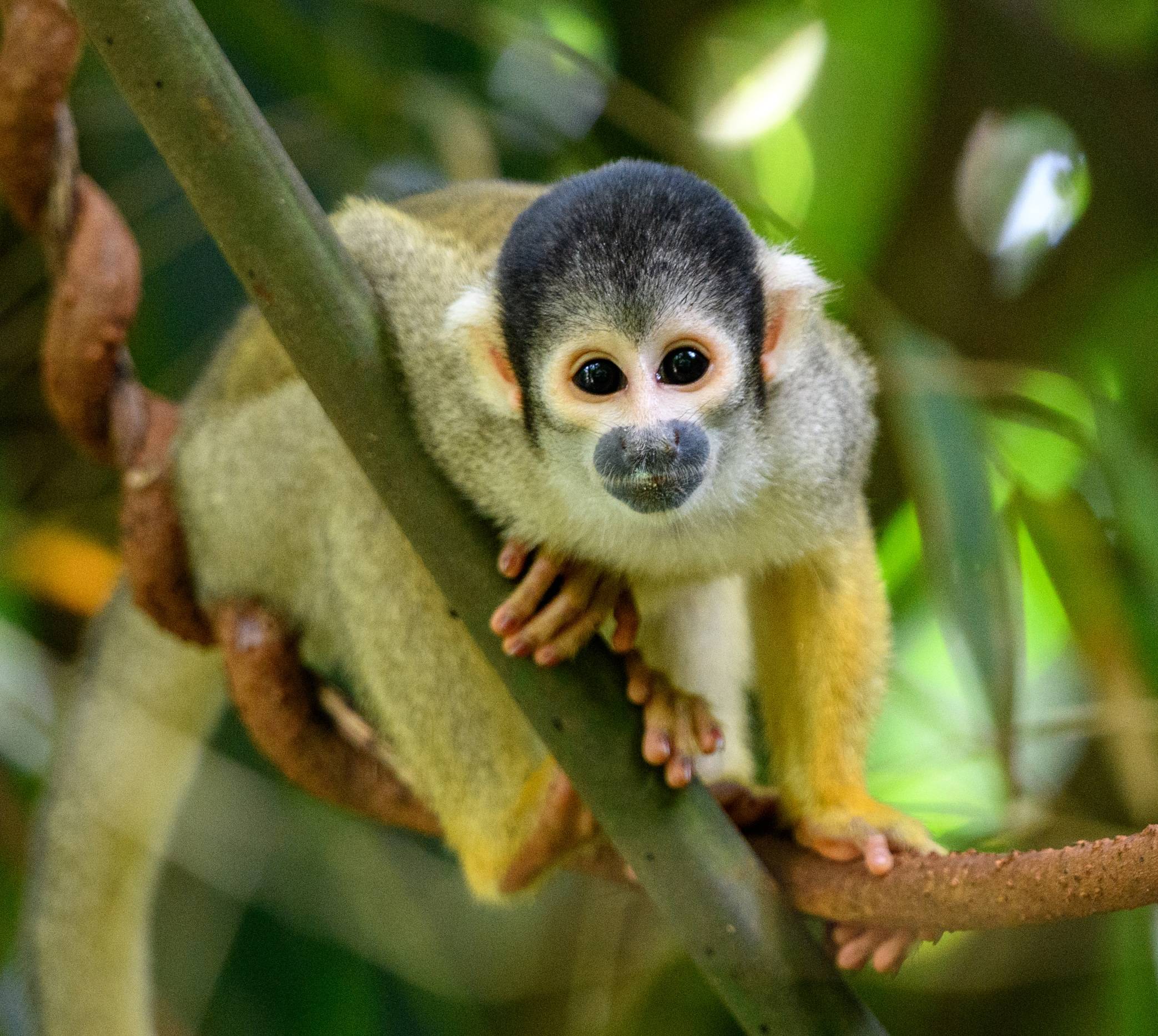
The legacy of the capuchin monkeys
The capuchin monkeys in the Peruvian rainforest use stones to break open nuts or sticks to fish insects out of holes. This knowledge of tool use is not an innate instinct, but is passed on and inherited from the older, more experienced animals to the younger ones.
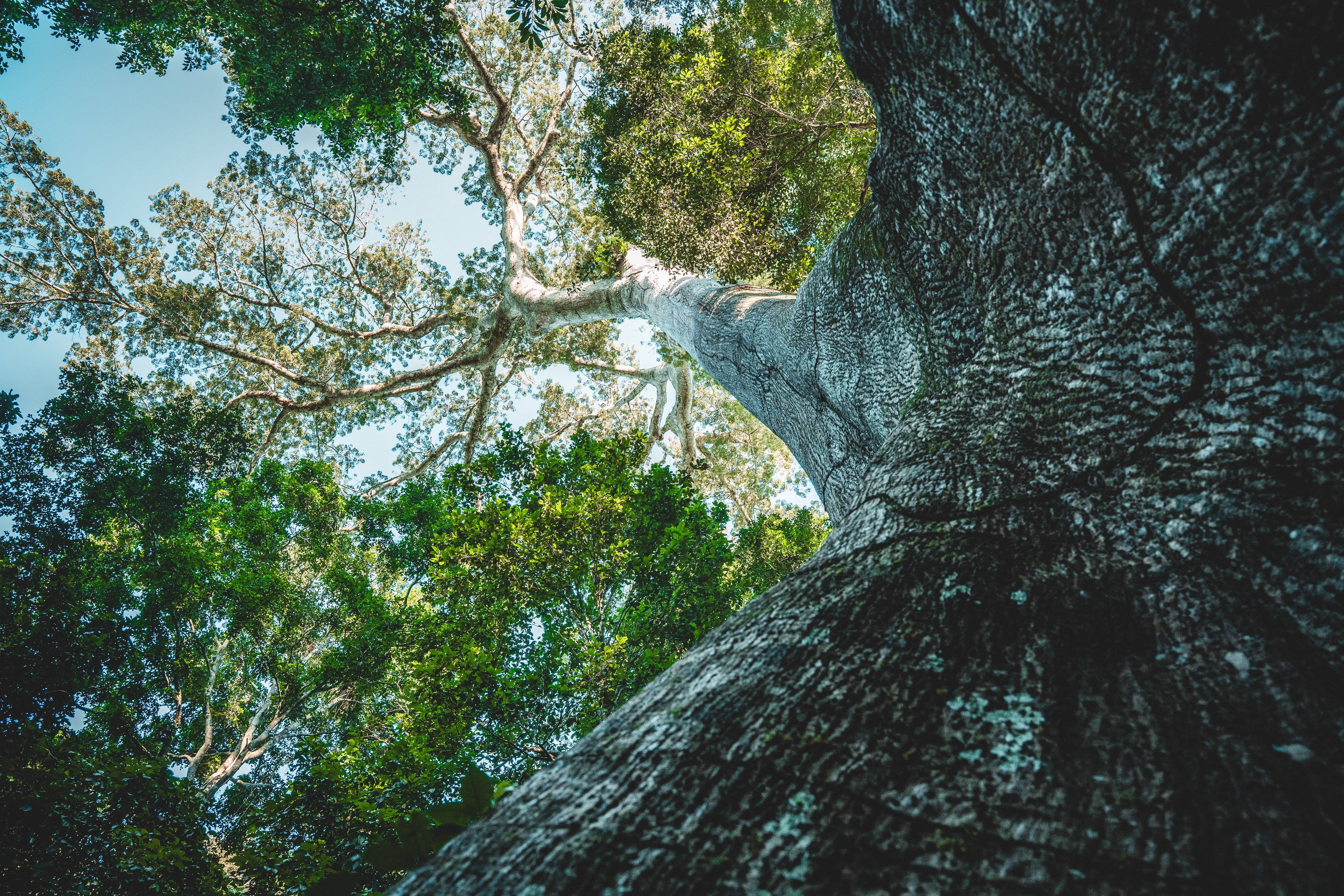
Ecological legacy: when a kapok tree dies
When a kapok tree dies and falls to the ground, it leaves behind an immense wealth of nutrients. These nutrients are the basis for new species to grow in the resulting clearing. In addition, the tree bequeaths a whole community of plants and animals. If the tree falls, it is often the birds that carry its seeds to other places. The insects that lived on the tree relocate. In this sense, the tree passes on an ecological legacy that forms the basis for new life and new communities.
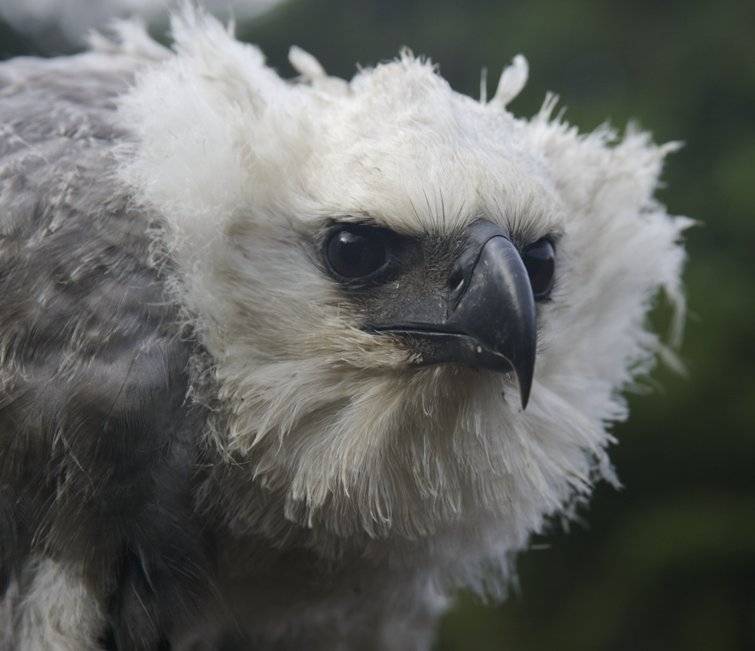
Harpies pass on their nesting sites
A pair of harpies often use their nesting site for many decades. If an adult bird or the whole family dies, a young harpy eagle pair can take over the site. They not only inherit a ready-made nest, but also the established, safe hunting ground that their predecessors have defended and maintained for years. This territory is a vital legacy that gives the young a better chance of reproducing themselves and preserving the species.

